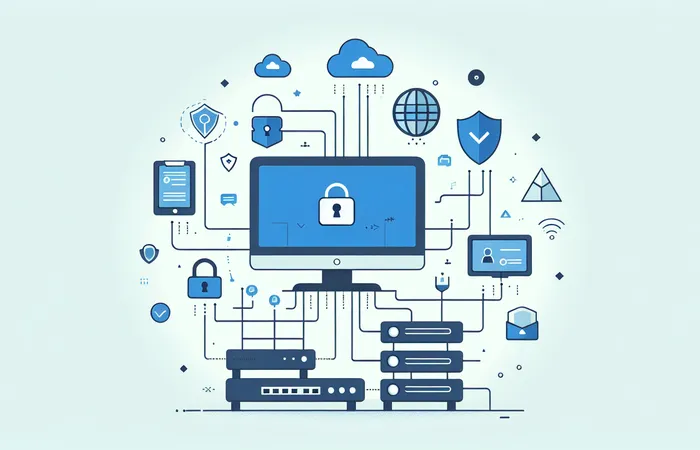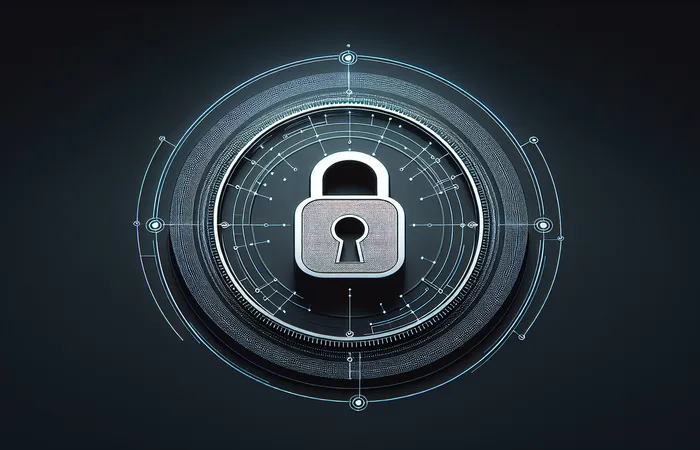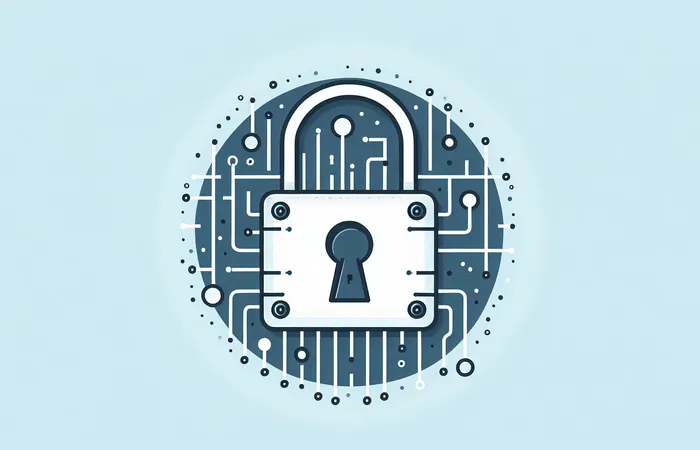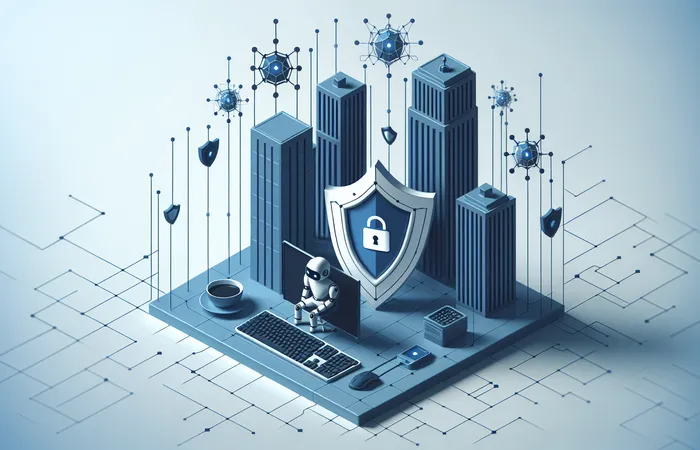Vendor Risk in Cyber Security Providers

Vendor risk management has become a critical area of focus for organizations. In this article, we delve into the importance and strategies of assessing your cyber security providers' risk levels.
Understanding Vendor Risk in Cyber Security Providers
As businesses increasingly rely on third-party vendors for cybersecurity solutions, the need for vendor risk management has never been greater. Cybersecurity vendors provide essential services, but they can also be a significant source of vulnerability if not properly vetted and managed. From data breaches to compliance violations, the repercussions of a vendor's security failure can be devastating.
Why Vendor Risk Management is Critical
Vendor risk management encompasses the processes and policies that organizations use to manage risks associated with their third-party vendors. In the context of cybersecurity, this means ensuring that all vendors meet specific security standards and that any potential threats they might bring into the organization are mitigated.
The stakes are high. A study from the Ponemon Institute found that over 59% of companies experienced a data breach caused by a third-party vendor. This statistic underscores the critical nature of ensuring that vendors do not become weak links in your security chain.
Identifying Key Risk Factors
One of the first steps in assessing vendor risk is identifying key risk factors. These might include:
- Data Sensitivity: How sensitive is the data that the vendor will access or manage? Vendors handling personally identifiable information (PII) or protected health information (PHI) demand higher scrutiny.
- Compliance Requirements: Does the vendor comply with industry-specific regulations and standards (e.g., GDPR, HIPAA, PCI-DSS)?
- Historical Incidents: Has the vendor experienced cybersecurity incidents or data breaches in the past? Their history can be a predictor of future risk.
- Service Interruption Impact: What would be the impact on your organization if the vendor's services were interrupted? High-impact might suggest a need for more rigorous risk assessments.
Conducting Due Diligence
Due diligence is a foundational element of effective vendor risk management. It involves a thorough evaluation of a potential vendor's security posture before entering into a relationship. Here are some best practices:
- Request Security Documentation: Ask vendors to provide documentation of their security policies, procedures, and certifications.
- Perform Security Assessments: Conduct detailed security assessments or audits. This can include penetration testing, vulnerability scanning, and reviewing the vendor's incident response plans.
- Check References and Reviews: Look at reviews, case studies, and reference checks to get a sense of the vendor's reliability and effectiveness.
Managing Ongoing Risk
Vendor risk is not a one-time assessment; it needs ongoing management. This is especially true in the fast-paced world of cybersecurity, where threats and vulnerabilities are continually evolving. Regular monitoring and reassessment can help maintain a robust security posture.
Implement Continuous Monitoring Tools
There are various cybersecurity tools designed to help monitor vendor risk. These tools can provide real-time insights into a vendor’s security status, enabling organizations to detect and respond to issues more swiftly.
Regular Security Reviews
Schedule regular security reviews with vendors. This can include periodic audits, updated risk assessments, and reviews of any changes in the vendor’s security protocols or posture. Regular reviews ensure that any emerging risks are promptly identified and managed.
Establish Clear Contracts and SLAs
Contractual agreements are a critical aspect of managing vendor risk. Clearly outline security requirements in contracts and service level agreements (SLAs). Include provisions for regular security assessments, incident reporting protocols, and penalties for non-compliance.
Enhancing Collaboration and Communication
Fostering a culture of security and compliance within your vendor relationships is essential. Effective communication and collaboration are key components of this strategy. Establishing open lines of communication can help ensure that vendors are aligned with your security expectations and can quickly address any issues that arise.
Create a Vendor Risk Dashboard
A centralized dashboard for vendor risk management can be a valuable tool. It enables you to track the status of all vendor assessments, monitor compliance with security requirements, and quickly identify any issues that need to be addressed.
Vendor Training and Awareness
Just as you would train your employees, consider offering training and awareness sessions for your vendors. This can help them understand your security expectations and stay abreast of the latest best practices in cybersecurity.
The Role of Compliance in Vendor Risk Management
Compliance plays a significant role in vendor risk management. Regulatory requirements often mandate specific measures for managing third-party risk. Ensuring that your vendors comply with relevant regulations is vital not only for security but also for avoiding legal penalties.
Understanding Regulatory Requirements
Take the time to thoroughly understand the regulatory requirements that apply to your industry and geography. This will help ensure that your vendor risk management practices are in compliance with all relevant laws and standards.
Regular Compliance Audits
Conduct regular compliance audits of your vendors to ensure they meet ongoing regulatory requirements. This can help identify potential risks and areas for improvement.
In summary, managing vendor risk in cybersecurity is a complex but essential task. By leveraging thorough due diligence, continuous monitoring, clear contractual agreements, and fostering open communication, organizations can significantly reduce the risks associated with third-party vendors. Through proactive and strategic management of vendor risk, you can better protect your organization's data, maintain compliance with regulatory requirements, and enhance your overall cybersecurity posture.



